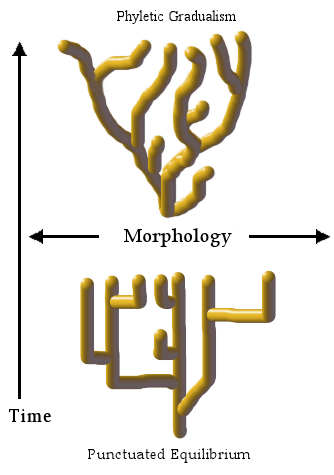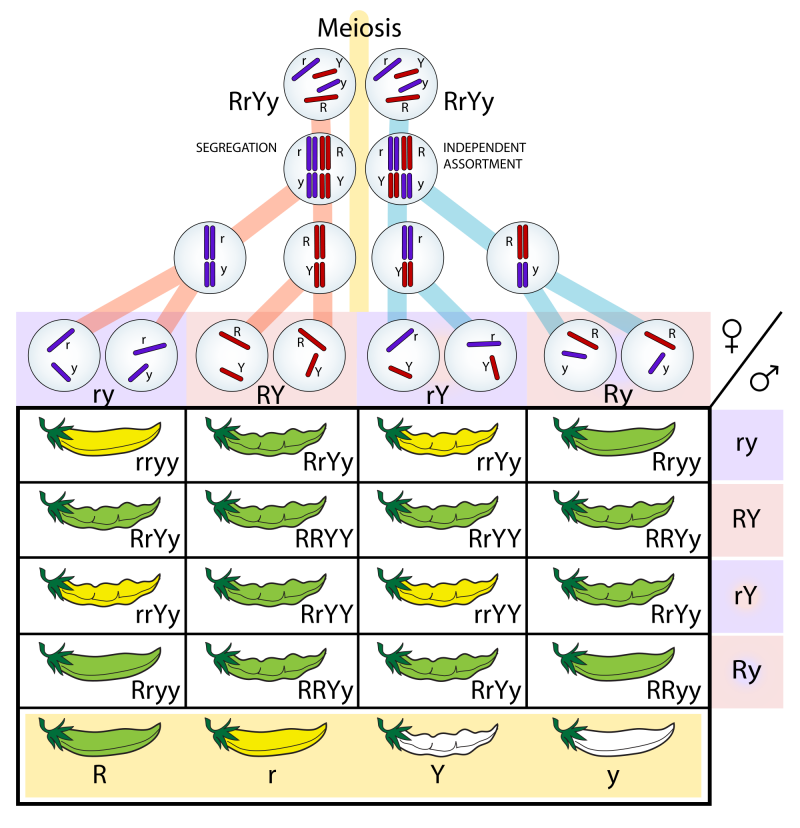As I have mentioned in previous posts, I used to work for a textbook company. When I first started, there was a wonderful woman who was the departmental expert on anything related to the nature and process of science. She was the go-to person for all our introductory “this is science, kids!” chapters. When she retired, everyone panicked because we knew that she left behind a tremendous void that, frankly, no one was interested in touching since introductory chapters tend to be both pretty dry and full of pitfalls. Soon enough, however, I was saddled with an introductory chapter for a new environmental science book.
Now as it happens, this turned out to be a wonderful thing for me, because I was able to convince the powers that be to let me collaborate with the people from Understanding Science. The final product was fabulous. We were able to present the true iterative and not-at-all linear nature of science and we tackled quite a few misconceptions in just 24 pages. One of the misconceptions we struggled with the most was this one:
Misconception: With enough evidence, a hypothesis can become a theory, which can become a law.
Correction: Hypotheses and theories are explanations for phenomena that differ in breadth, not necessarily in degree of evidentiary support; Laws are generally descriptions of physical phenomena.
Let’s first consider hypotheses and theories. A hypothesis is an explanation for a relatively narrow set of phenomena and a theory is an explanation for a relatively wide set of phenomena. Sound arbitrary? Well, to be honest, it is a bit. There is no set “rule” that says, well, this explanation covers 999 phenomena, so it’s a hypothesis, but this explanation covers 1000 phenomena, so it qualifies as a theory!
 Further complicating things is that existing theories can generate new hypotheses. Punctuated equilibrium, for example, is a hypothesis that predicts periods of rapid evolutionary change followed by periods of relative stasis. When proposed by Gould and Eldredge in 1972, it was a new hypothesis, but the hypothesis was spawned from existing evolutionary theory. But wait! Isn’t the theory of natural selection part of evolutionary theory? Can a theory be a subset of a theory? Sure. Like I said, it’s all a bit arbitrary. Evolutionary theory is a big, lovely, over-arching golf umbrella of a theory.
Further complicating things is that existing theories can generate new hypotheses. Punctuated equilibrium, for example, is a hypothesis that predicts periods of rapid evolutionary change followed by periods of relative stasis. When proposed by Gould and Eldredge in 1972, it was a new hypothesis, but the hypothesis was spawned from existing evolutionary theory. But wait! Isn’t the theory of natural selection part of evolutionary theory? Can a theory be a subset of a theory? Sure. Like I said, it’s all a bit arbitrary. Evolutionary theory is a big, lovely, over-arching golf umbrella of a theory.
So existing theories can generate new hypotheses, but existing hypotheses can also be rolled up into a new theory. For example, the classic cell theory unites the hypotheses that all living things are composed of cells, that new cells come from existing cells, and that cells are the fundamental unit of structure and function for all of life. Modern cell theory now includes additional hypotheses, such as all cells are biochemically similar, contain heritable genetic information, and are the sites of energy flow.
Now, what about laws? Have you ever noticed that most of the “laws” in science tend to be in the physical sciences and astronomy? There aren’t a lot of “laws” in biology—in fact, I can’t think of any aside from Mendel’s Laws. Why is that? Is it because biology is a “soft science” while physics and astronomy are “hard sciences”? Not at all. It’s because people in those fields really liked the term “law.” No, really. That’s pretty much it. Some books will try and say that laws are descriptions while theories and hypotheses are explanations. Some might try and say that laws extend to situations that can never be tested, or that something is a law when there is math involved. But none of these distinctions really manage to sum up all the different sorts of things we call laws in the sciences.
According to Wikipedia, the following are among the laws in science: Bernoulli’s principle, general relativity, Carnot’s theorem, Maxwell’s equations, and Brewster’s angle. Depending on the book, the Big Bang is a theory or a hypothesis. It’s all a bit confusing and arbitrary. But you know what? It really doesn’t matter. Everything I’ve listed, from punctuated equilibrium to Bernoulli to the Big Bang are all important concepts in science and our understanding of them doesn’t hinge on what label they are given. But three things are important to emphasize in the classroom:
- The terms hypothesis, theory, and law have common meanings and scientific meanings. Nothing in science, for example, is “just a theory” because in science, theories are pretty darn impressive—rigorously tested explanations for phenomena really don’t deserve a “just” label! Similarly, while a “law” tells you what behaviors will get you arrested, the role of the ideal gas law is not to punish atoms that do not follow its rules.
- All hypotheses, theories, and laws involve facts. Fish appear in the fossil record millions of years before mammals do. A dropped object falls to Earth. A gas expands when temperature rises if pressure is held constant. Fact. Fact. Fact.
- A theory or a law is not better or somehow more substantiated than a hypothesis, and individual hypotheses cannot become theories or laws, no matter how much evidence supports them.
This isn’t a satisfying answer, I know. People—especially scientists—like firm definitions. Science is full of technical terms that we learn to master (or learn to quickly look up on the Internet), and thanks to a mixture of precedent and state standards, many teachers keep making kids learn definitions for theory, law, and hypothesis in the introductory weeks of a new class. I’m not suggesting  that kids shouldn’t learn what a hypothesis is—of course they should! Forming and testing hypotheses are fundamental parts of any scientific endeavor. But I am suggesting that we be willing to admit that there is often no good reason why something is called a law vs. a theory, or a hypothesis vs. a theory—and that’s okay. Which is more important? Figuring out why it’s Mendel’s Laws and not Mendel’s Hypotheses, or being able to explain and predict patterns of inheritance? I vote for the latter.
that kids shouldn’t learn what a hypothesis is—of course they should! Forming and testing hypotheses are fundamental parts of any scientific endeavor. But I am suggesting that we be willing to admit that there is often no good reason why something is called a law vs. a theory, or a hypothesis vs. a theory—and that’s okay. Which is more important? Figuring out why it’s Mendel’s Laws and not Mendel’s Hypotheses, or being able to explain and predict patterns of inheritance? I vote for the latter.

